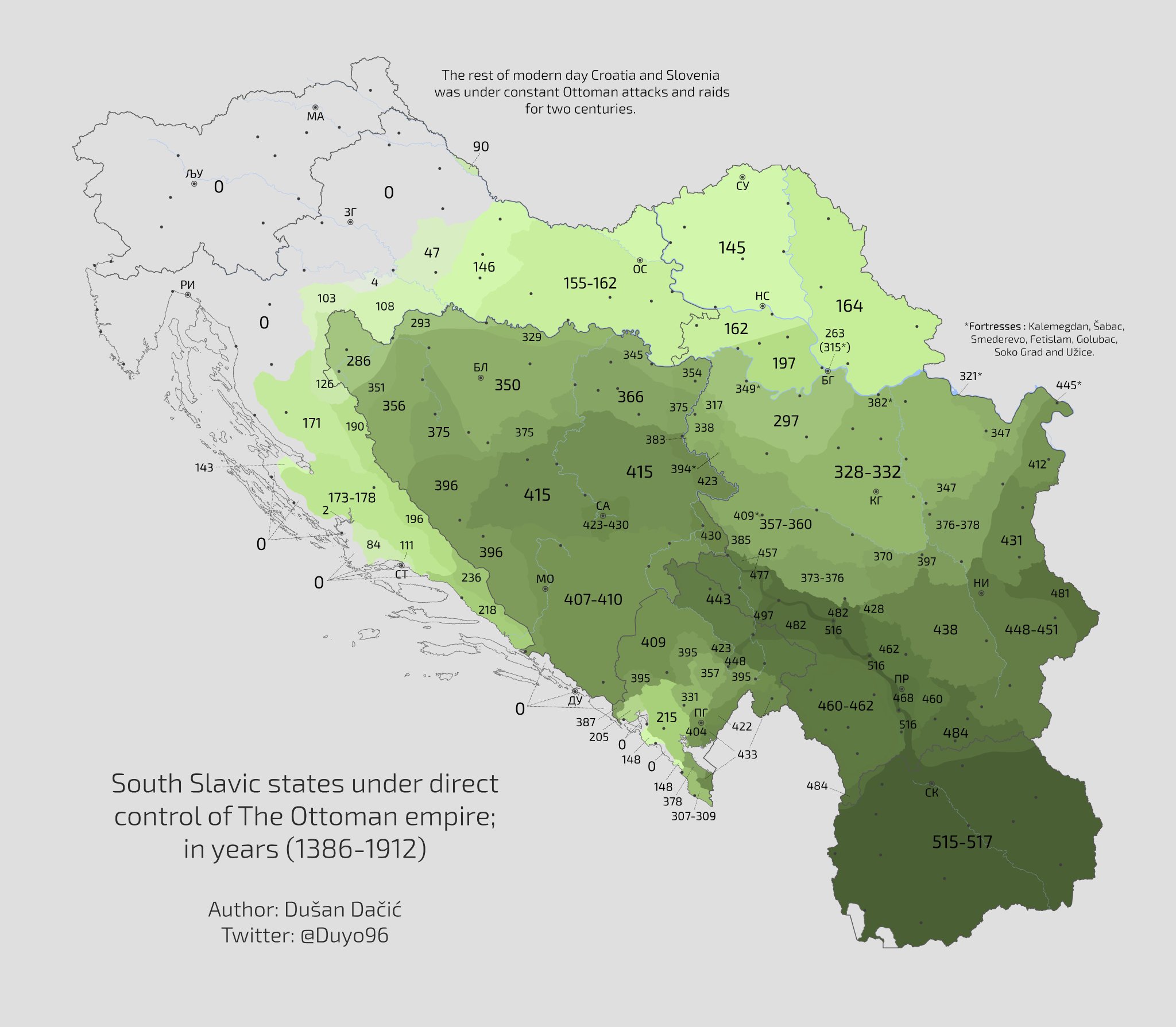I'm really tempted to share some of my rare medals/coins here along with some of the history. It can be quite cathartic to write about it. We'll start with a couple and see how it goes.
John Paul Jones medal. Betts-568. Silver. Restrike in the Paris mint between around 1850 and 1880. (Originals do exist in silver (4!), alas I cannot afford one). There seem to be around 20-30 extant restrikes in silver.
Part of the 'Comitia Americana' series of medals. As per the Smithsonian: The Comitia Americana series memorializes some of the pivotal moments of the American Revolutionary War. The series was created between 1776 and the early 19th century almost exclusively by French artists and artisans at the commission of the United States. The name of the series, Latin for American Congress, denotes that these medals were created after Continental Congressional votes to memorialize the heroism, friendship, and leadership of key American and French revolutionaries. Each medal was struck either at the Paris Mint or the United States Mint in Philadelphia.
This is almost true. In fact, many of the medals that have survived are from the workshop of Augustin Dupré himself, the master engraver that the US continental congress tasked with the creation of many.
So what is this one? This is the "John Paul Jones, victory against the Serapis" medal. It was the only naval medal authorized by the continental congress, and set a template for much future art, with its neoclassical iconography (as did much of the Comitia Americana series), so is much loved by collectors. It was the prefigure to American naval medals for a century to come.
Who was John Paul Jones? According to the British, he was a dirty pirate! He led a small fleet of French ships along with a US one, and captained the "Bonhomme Richard" (Affectionately named in honour of Franklin!) which had 42 guns.
John Jones was a Scottish native, with a lengthy drawl and heavy on the whiskey. He was also a Royal Navy veteran, so knew their playbook and geography well. As the US allies France and Spain launched their great fleets towards the UK in 1779, Jones served as a diversion sailing his band of merry men round Ireland, over Scotland and down the east coast of England. He luckily discovered a convoy of 41 British trading ships there, escorted by the 44 gun Serapis. He brought his ship broadside to the Serapis and both unleashed hell upon each other. Cannon fire at point blank range, grenades, and man to man combat. Both ships were heavily wounded, but neither side could board the other. When the British captain demanded the surrender of Jones, he yelled back the legendary words: "Sir, i have not yet begun to fight!"
Six hours later, the horrific damage became too much to the British captain and he was forced to surrender. With the poor Bonhomme Richard slowly sinking, he patched up the Serapis (And another fighting ship, the Countess of Scarborough) and sailed to Texel, in the friendly netherlands.
As the word of his victory in the British waters spread like wildfire, Jones and Benjamin franklin [then living in Paris] echanged love letters for a while. However drama ensued, and it took the continental congress until 1787 to make the award
1781 William Washington at Cowpens medal. Betts-594. Restrike (1880-1898)
Just after Christmas, Sir Henry Clinton and General Charles Cornwallis left British-occupied New York with more than 8,000 men on a road trip to Charleston in SC. They laid siege to Charleston in April 1780 and by the following month controlled the entire city. They then made their way south through SC where they encountered Horatio Gates, the US commander for the region. They obliterated him easily, and camped with their entire force in central SC near Winnsborough.
George Washington was pretty pissed off. He relieved Gates of command, and send one Nathanial Greene in his place. Greenes tactic was basically guerilla warfare and terrorism. Disrupt the supply lines, commit to small skirmishes only,. By October, the Americans controlled North Carolina, so the supply lines were becoming somewhat limited for the British Army in Winnsborough if they failed to deal with the pesky guerillas.
As the main American force made camp, an auxillary army under General Morgan continued to move through the backcountry, harrassing British forces. The British responded by sending a force of over 1000 men to give chase. Morgan picked the spot to fight, a high ground where the cavalry could break through the British lines whilst the riflemen gave them a bit of a spanking. Colonel Wiliiam Washington led the cavalry charge as depicted in the medal.










